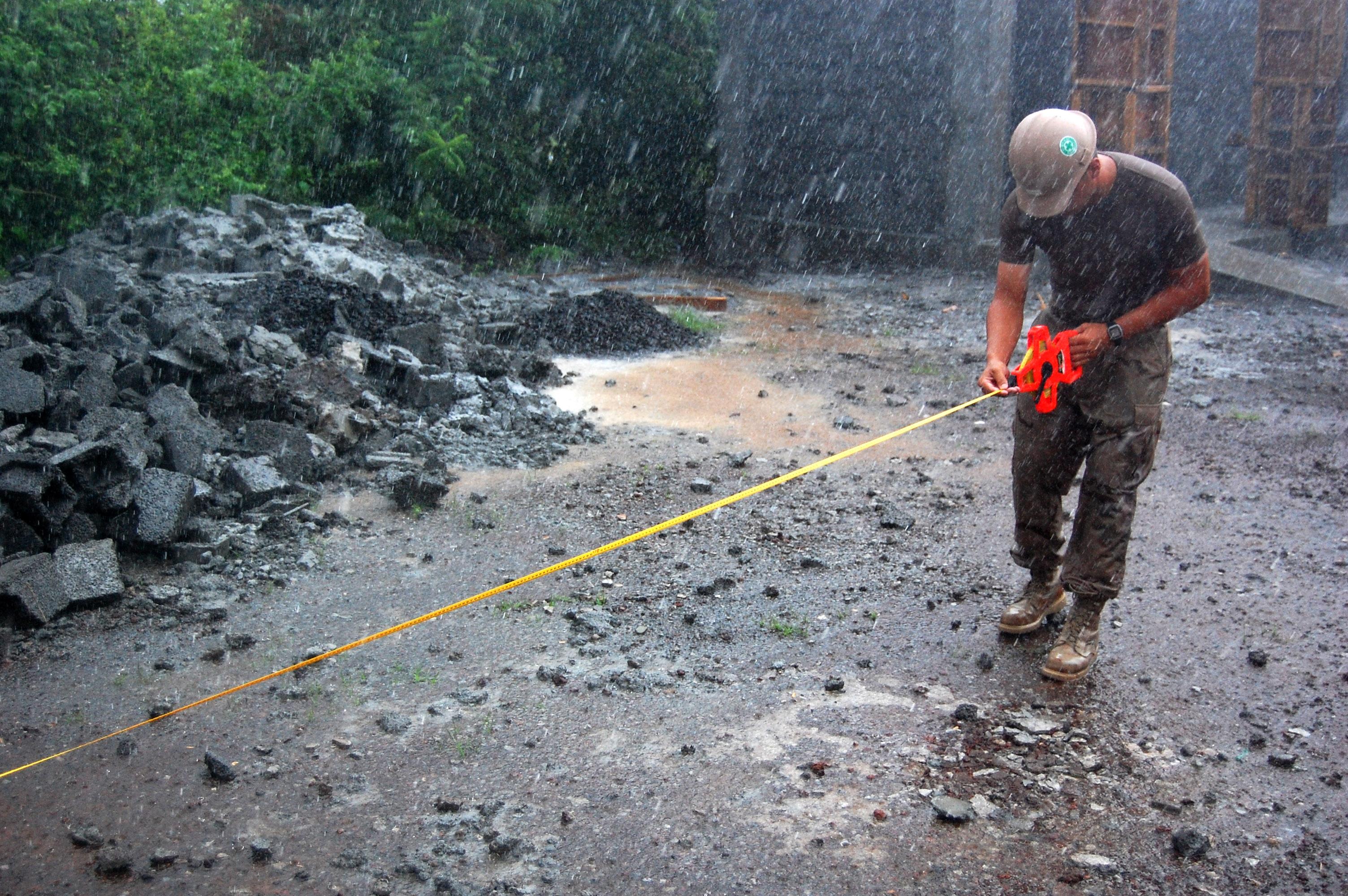While the weatherman may not always be 100% accurate, it is nearly a guarantee that your projects will be impacted by inclement weather at some point in time. As construction industry professionals, it is our job to at least proactively mitigate many of the dalys by understanding the weather patterns in our area and allowing for expected weather disruptions to our schedule. Through proper planning we can implement mitigating measures to reduce damage and keep the project at full production as often as possible.
Here are 10 things to consider when looking to avoid weather related project delays:
1. Be proactive during the bidding stage.
Understanding the expected weather conditions for your project’s area is extremely important and should be considered when writing up the contract. You should know what it says about the risks of inclement weather, especially in particularly unseasonal and severe weather conditions. In some cases, you might be able to decide to exclude weather conditions which are worse than the norm from your bid price. Be open with your client about issues relating to weather. You should be mindful of the season when starting projects, and make sure that your client understands your thought process.
2. What activities can you schedule during high winds or rain?
When preparing your construction schedule, be mindful to schedule activities that can be impacted by rain, such as earthworks, outside of the rainy season. Do not schedule activities such as roofing and lifting large loads to happen during the windy season. It is important to understand the expected weather conditions and allow time in the schedule to compensate for delays.
3. Consider alternative construction methods.
It is time to think outside the box. Consider using different foundation solutions to minimise excavations which have to be done during the rainy season. If you can manufacture parts of a structure in modules or precast some sections to reduce the work that has to be done in poor weather, then that might be to your advantage.
4. What are your working times?
Whether it be the summer heat or winter chill, understand what this means for your crews and plan accordingly. It is key for you to optimize your crew’s time by planning the proper operations for the right time. For example, knowing that strong winds occur in the afternoons, it should be a priority to schedule lifting in the mornings. Maximise good weather opportunities, even if that means working after normal hours or on weekends. Although the costs might be more, the project’s progress might justify the extra costs.
5. What protection measures are in place?
A little bit of effort can save a lot of time (and money). By making sure that there is enough plastic sheeting to cover recently completed work, or installing a simple earth beam around excavations to protect excavations from flooding, your project can avoid unnecessary backtracking or delays. Do you have low lying areas on your site? Do you have measures in place to protect new concrete from extreme cold? Think about the intricacies of your job site and how you can be proactive to protect your progress.
6. Anticipate instead of react.
This goes in hand with the previous point… reschedule instead of react. By starting some aspects of the job sooner or later, you can work around weather related delays. It is important to anticipate instead of react if you want to save yourself, and your client, time and money.
7. Communication is Key.
Having your team all on the same page when it comes to potential weather delays is key. Keeping the communication clear from the office to the field will allow for your team to proactively prep the job site, such as securing loose materials, placing protective covers, check to ensure that storm drains are clear, etc. A team that works together to prevent damage is far more likely to achieve their result.
8. Safety comes first.
This is something that feels rather like a “duh” statement. However, the safety of your team goes beyond the obvious. Does your team have adequate rain gear, water-proof footware, rain shelters, or even access to extra supplies? A team that is well prepared to handle the elements is more likely to bring about the success of a project.
9. How are your temporary roads and working platforms.
Ensuring that rain water drains properly, and vehicles can operate without any unnecessary danger should be a top priority. There is nothing worse than having to spend time on accessing the job site, instead of working on the site itself. Be sure to think ahead and make safety and accessibility at the top of your list.
10. Have water pumps on site.
Finally, be ready to have a system in place to dispose of stormwater. By spending some money up front, you will save a day (or more) of production. It is important to think two steps ahead of Mother Nature when it comes to your projects, and let your team and clients know that your priority is to keep your team safe and the project moving smoothly.
While most of this information is basic, it is important. Being aware of how to mitigate inclement weather delays could possibly save you days of production, and prevent unnecessary costs. How can inclement weather impacted your project? And what are practical ways that you have prevented delays?


